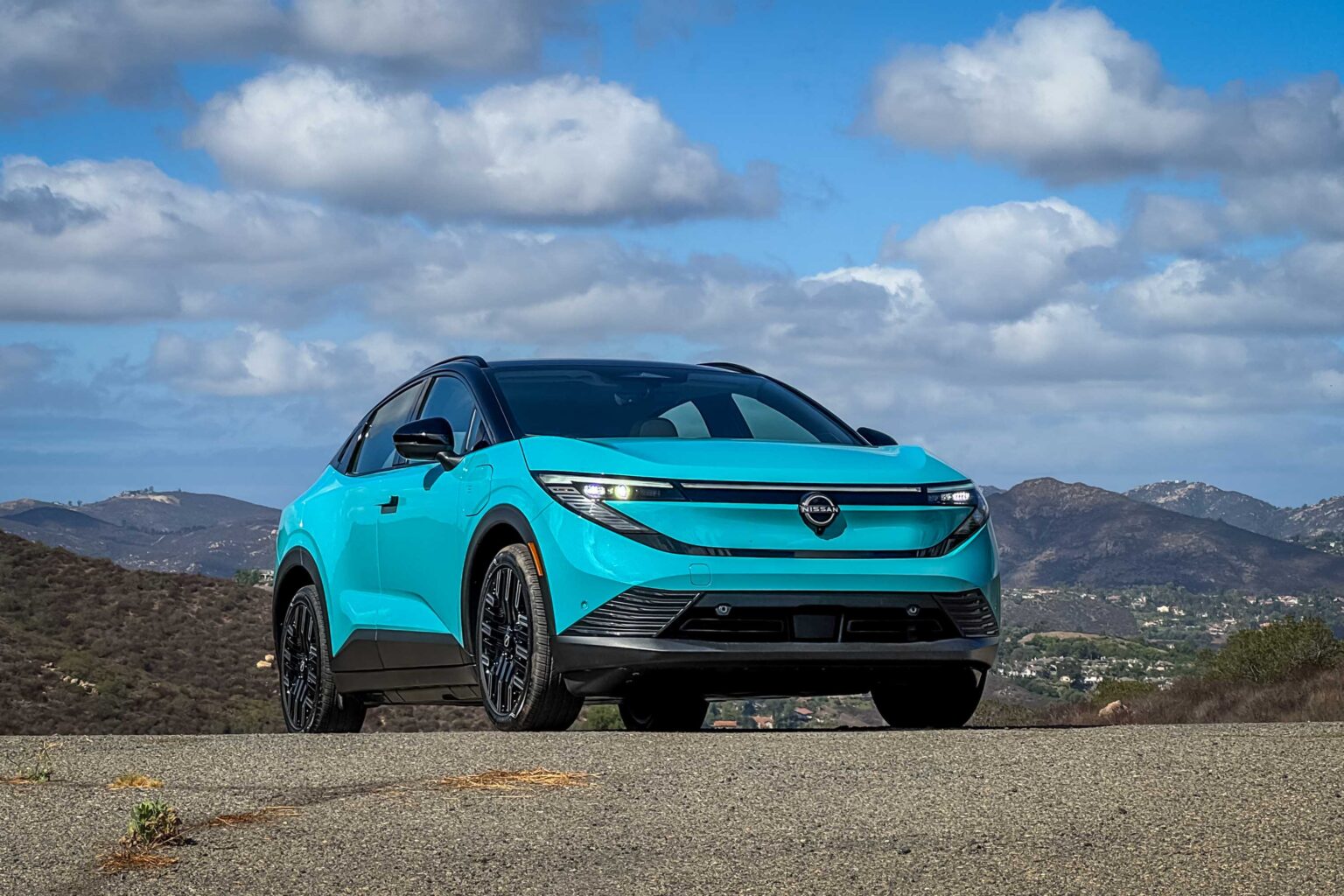The 2011 Nissan Leaf debuted with a 24kWh battery and 73 miles of range. Its steeply sloped, stumpy nose with bugeye headlights and a bulbous hatchback body offered folks an entry into the modern battery electric world from a mainstream Japanese manufacturer.
Tesla aside, many automakers took a similar approach, offering small, efficient, and limited-range electric cars. But unlike most manufacturers, who canceled models, rebooted, and went in wildly different directions, the Leaf carried on.
And now, 14 years later, we get the third generation of the venerable hatchback (by the way, Nissan now calls it a crossover). It’s vastly improved. But in that same time period, the entire automotive world changed. The EV market exploded; competition has been — and is — fierce!
The 2026 Leaf offers four times the driving range, more power, modern technology, and vastly improved style over the original. Yet, that only brings it up to being competitive today.
Save for one aspect: Price. While many manufacturers surpassed Nissan in range, capability, and luxury, Nissan managed to keep the cost down. Is that the correct path?
Let’s dive into the details and see what has led the evolution of the EV landscape in North America over the past 14 years.
EVs in 2011

At the time of the original Nissan Leaf, few competitors existed. Tesla only sold the Roadster, a Lotus Elise–based electric sports car that cost a lot and only sat two. Otherwise, BEV shoppers looked at the Leaf, or perhaps the Mitsubishi i-MiEV.
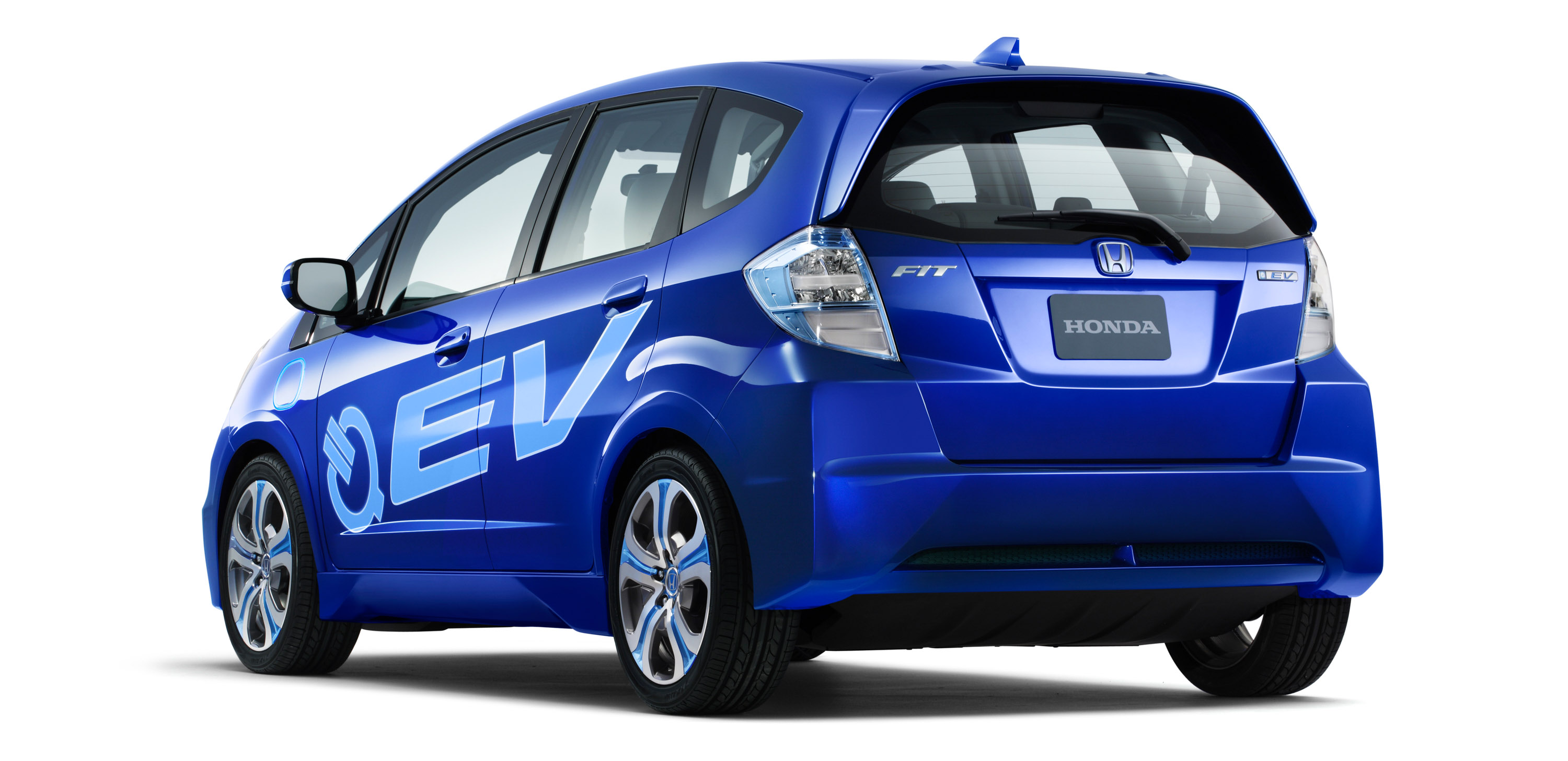
Soon enough, competitors arrived in the form of the Fiat 500e, Ford Focus Electric, Honda Fit EV, and other similar, compact machines with ranges of 75-100 miles. All of them offered unique traits here and there. But, none showed much of an advantage over the Leaf’s 107 horsepower, 207 pound-feet of torque, of a happy little front-wheel-drive hatchback. Since then, every vehicle listed above — save for the Leaf — has ceased production.

EVs in 2018
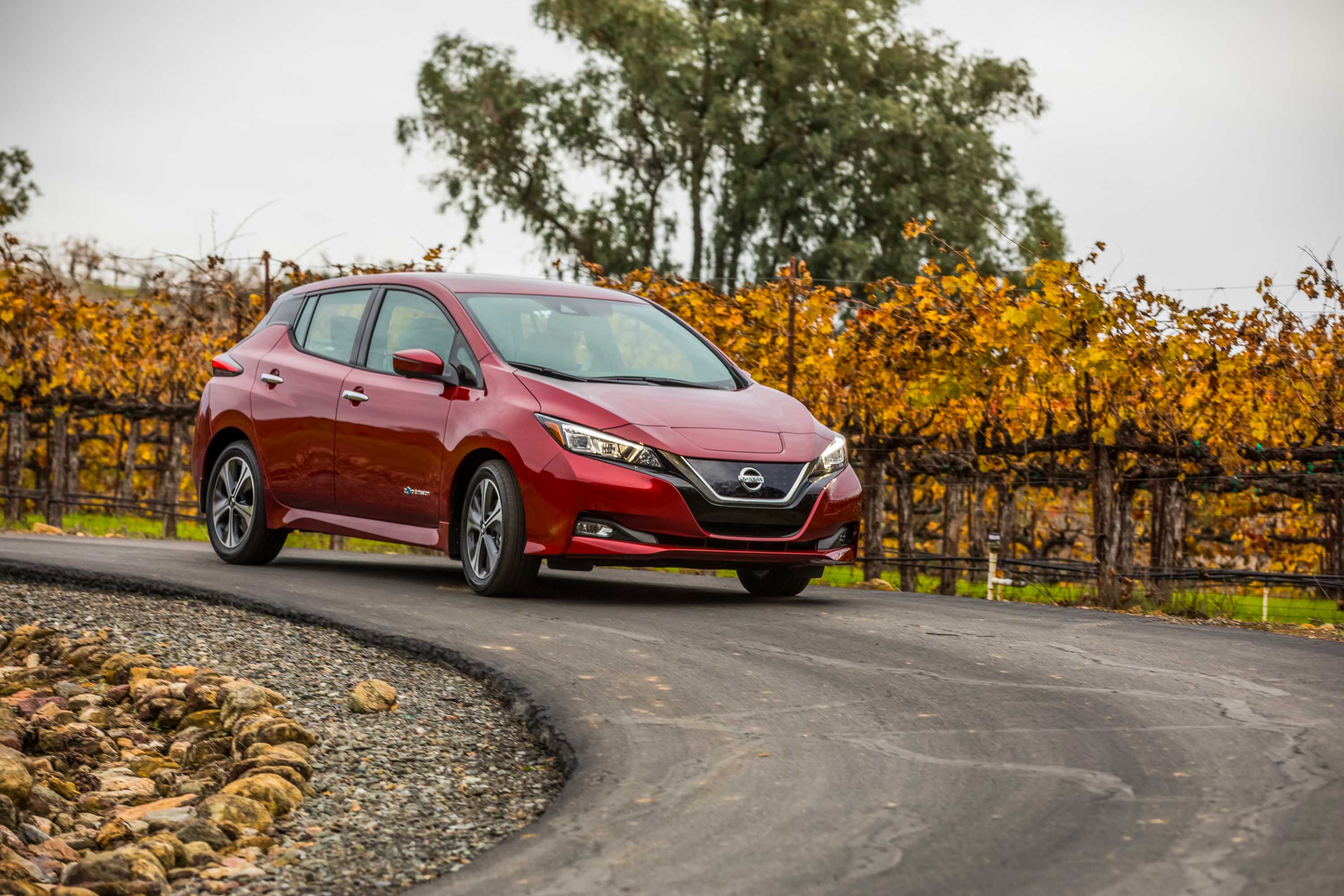
By the time Nissan released its second-generation Leaf for 2018, more alternatives emerged.
Honda sold an electric version of the Clarity, which also came in plug-in hybrid and fuel cell versions. Chevrolet revealed the Bolt EUV. And, Tesla already made serious headway with the Model S.
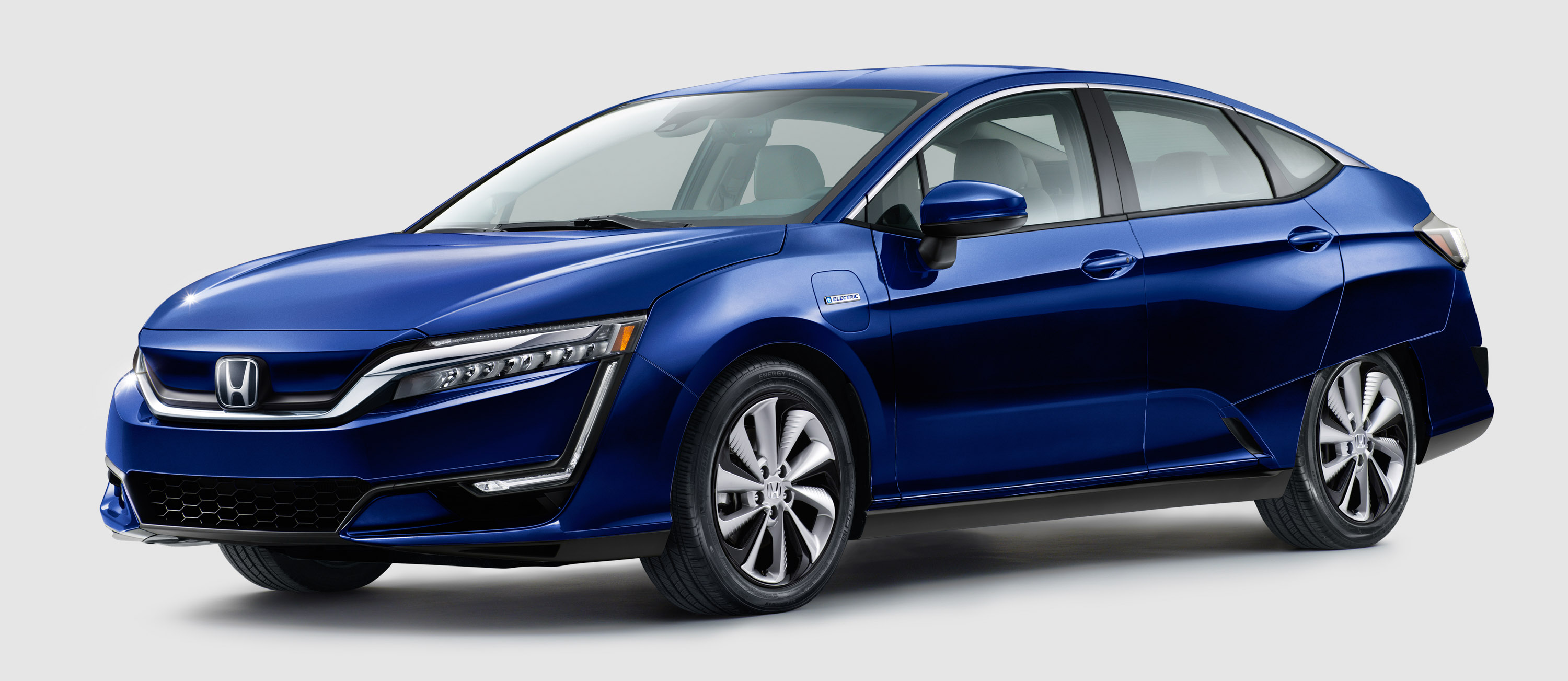
Despite these competitors, Nissan largely stayed the course. The Leaf was upgraded to 147 horsepower and 236 pound-feet of torque to drive the front wheels. Power came from a larger 40kWh battery pack, which upped its range to 151 miles. Otherwise, it plugged along as a compact hatchback, whirring its way around town. It also happily wore the badge of the number-one mass-produced EV in the world.
EV Proliferation
Throughout the Leaf’s second generation, however, the market exploded. Hyundai burst onto the scene with the Ioniq sub-brand, giving us the Ioniq 5, Ioniq 6, and now the Ioniq 9. Kia followed suit with the EV6 and EV9. Porsche brought us the Taycan, and this year delivered the second-generation Macan as an electric crossover. And, all of the above use 800V systems, for much faster charging and higher performance.
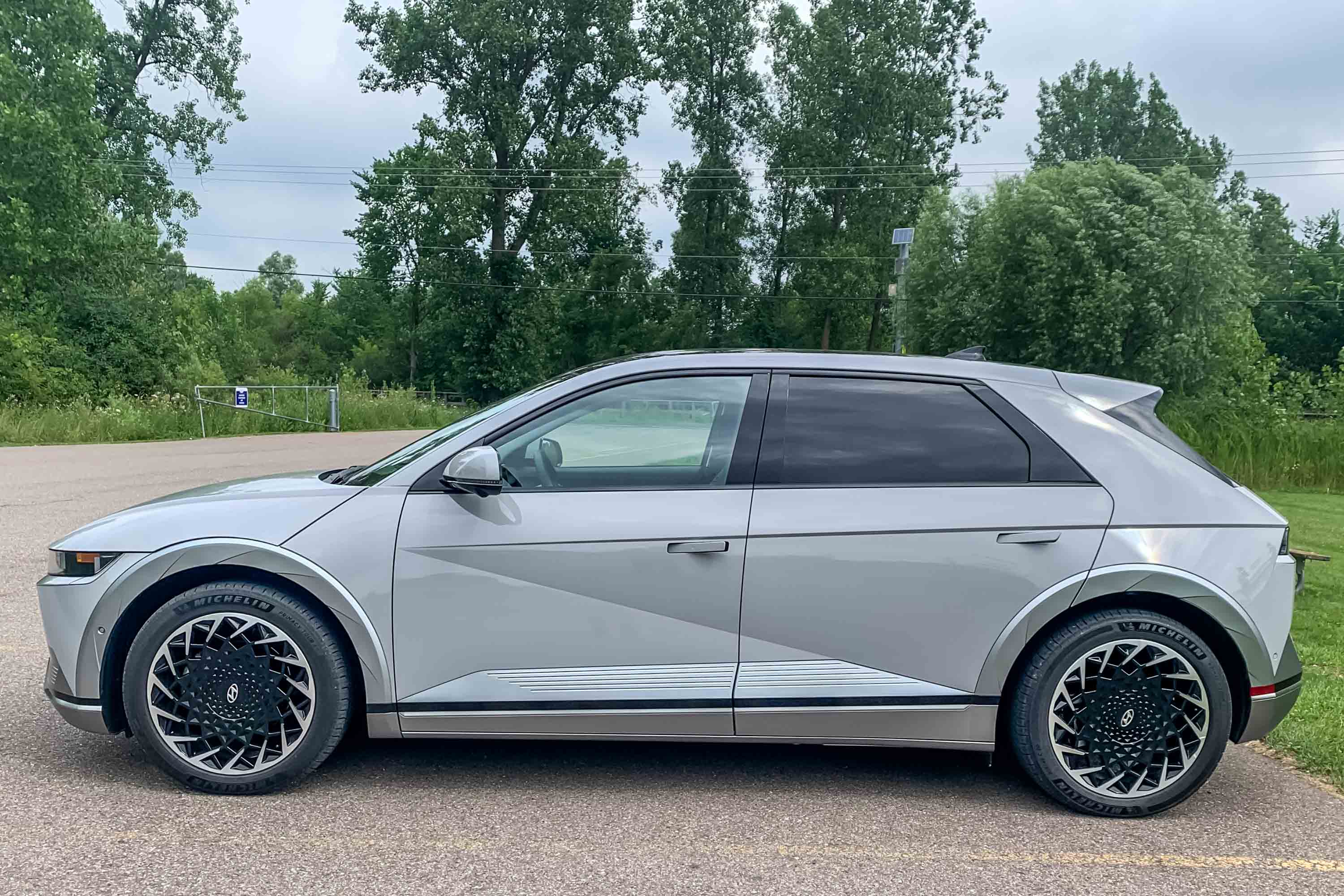
Then you have the Americans. Ford now sells the F-150 Lightning, and a slew of Mustang Mach-e models. And GM went all in, delivering multiple models of Cadillac, GMC, and Chevrolet EVs. GM, too, turns some of its larger entries into 800V systems by running two 400V batteries in series. More recently, Stellantis got heavy into the EV market as well.
There are also EV-only brands like Polestar, Rivian, and, of course, Tesla, which now sells multiple SUVs, sedans, and a “truck.” And, yes, several other brands and models that I didn’t mention.

Furthermore, we get all-wheel-drive, rear-wheel-drive, and front-wheel-drive options. And, claimed 0-60 mph times in under 2 seconds as well as drive ranges over 400 miles (courtesy of Chevrolet and Cadillac). Heck, the Lucid Air Grand Touring got an EPA range of 512 miles!
In the same time period, Nissan upped the battery size of the Leaf to 62 kWh (2019), which increased the range to 226 miles of range. The brand then introduced the Ariya crossover for 2023. In other words, fell way behind.
2026 Nissan Leaf

And here lies the third-generation, 2026 Nissan Leaf. The plucky, front-wheel-drive, compact hatchback (excuse me, “crossover”) entering the market is remarkably similar to the vehicle bearing its name 15 years ago.
I recently drove the Platinum+ Leaf around Southern California and came away impressed with its competent handling, smooth ride, and generally zippy, yet comfortable, demeanor.
The Platinum+ is one of three trims of Leaf expected to arrive at dealers in the coming weeks, above the S+ and SV+ trims. They all share a 214-horsepower, 261 pound-feet of torque electric motor that still powers just the front wheels.
Nissan has also upped the battery to 75 kWh. In the base S+ trim, it will power the Leaf along 303 miles before fully depleting.

Nissan stuck with a 400V system, so fast charging still takes 35 minutes to reach an 80% state of charge from 10%. However, you can perform that task from the factory NACS port mounted on the passenger side.
Inside, Nissan mounts either a pair of 12.3-inch screens to handle instrument cluster and center display duties. Or two 14.3-inch screens if you go SV+ or Platinum+. However, if you do, look for the range to sputter out at 288 miles and 259 miles, respectively.

All of the above ranks so-so in the modern EV world. Hyundai’s Ioniq 5, for example offers both rear- and all-wheel-drive versions, 20-minute fast-charging times, and a range of up to 318 miles in RWD trim.
But it costs more. The Base Ioniq 5 starts at $44,200. And, it comes with a smaller battery pack. That’s more than the top-of-the-line Platinum+ Leaf, let alone the S+ trim, which starts at $31,485. The Chevrolet Equinox EV comes close but still dips into the mid-30s to start.
The EV Future
We saw a surge of interest in EVs 5 years ago. All sorts of early adopters flocked to various brands, seeking to get the hottest new thing sans gas tank. The market satiated that crowd.
Now we move on to the mainstream and even the skeptical shoppers. Folks who like change about as much as they like getting a stick in the eye. Yet, EVs are coming. That train left the station and shows no signs of stopping. So, what are the vehicles the skeptics will find least offensive to own?
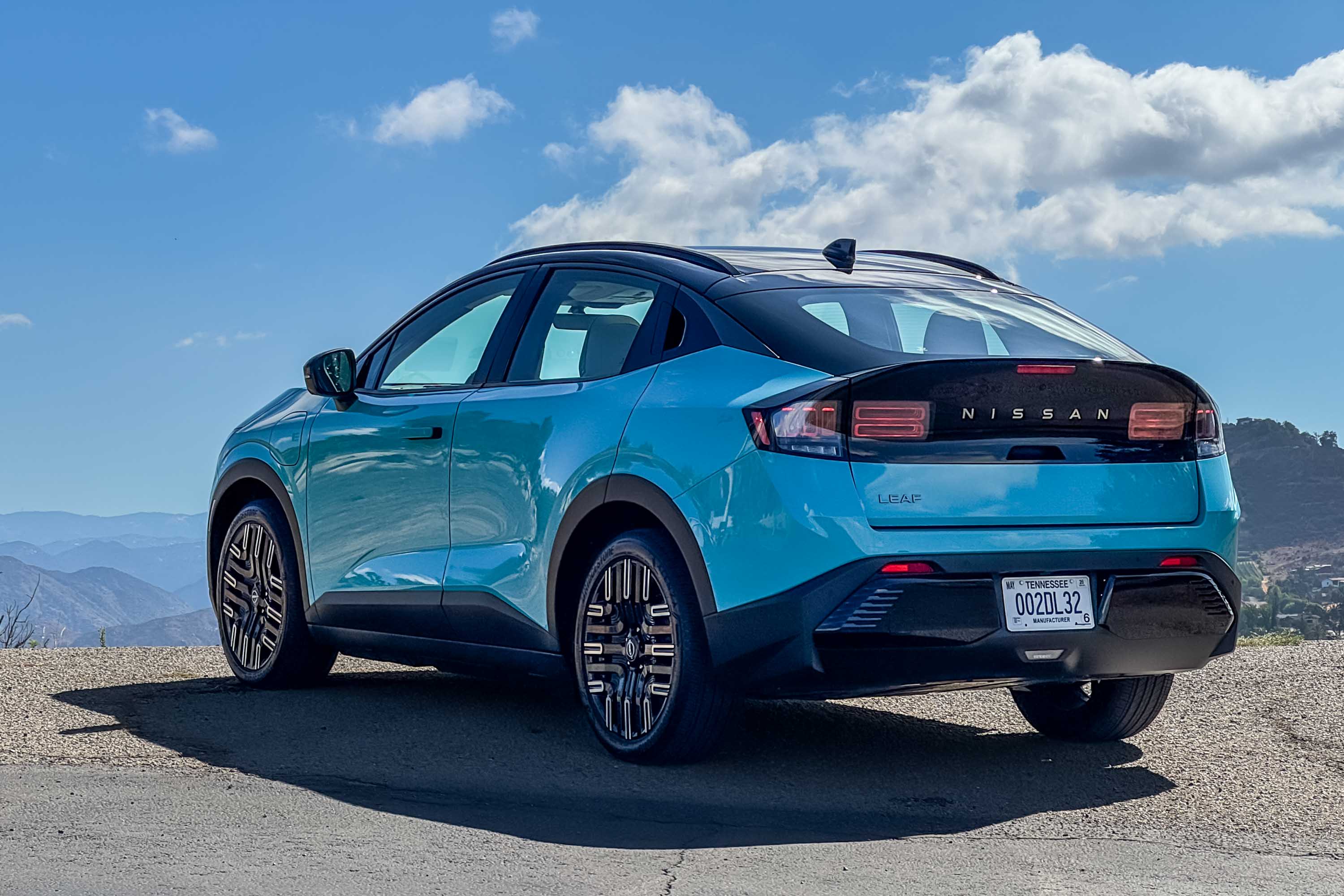
Nissan stayed the course. Nothing about the Leaf wows; it largely lies right in the middle of the market. With the top Platinum+ trim, you can get heated seats for both rows, a heated steering wheel, and a head-up display. Convenient, not ground-breaking.
But you get all that at a reasonable price. None of the aforementioned costs includes any kind of state or federal incentive. There are real costs. And they fall well below the average price of a car today, which currently hovers right around $48K.
The Leaf looks stylish, offers several practical conveniences, and will not break the bank. If it’s competitive in the market otherwise, I think that’s plenty of incentive to keep it around for another 15 years. What will the market look like then?
Read the full article here



